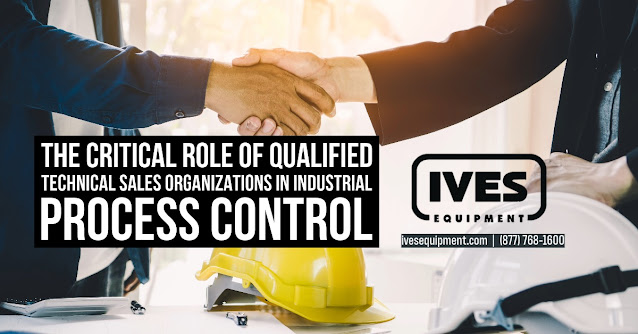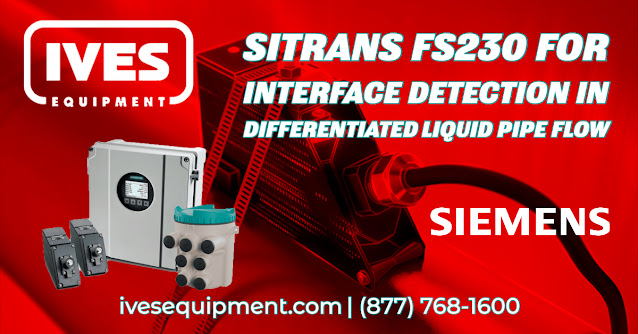Process weighing is essential in manufacturing and industrial applications. It ensures that products meet specific quality and safety standards. Even slight weight variations can significantly influence the product's quality, safety, and effectiveness in industries where accuracy is critical.
There are two primary methods of process weighing: continuous and static.
Continuous weighing monitors materials as they continuously flow through a system. This method is prevalent in industries that handle bulk materials, such as the food, beverage, or chemical sectors, where raw materials consistently move through production lines. Continuous weighing ensures consistency in the quantity and quality of materials throughout production.
In contrast, static weighing focuses on weighing stationary items and is used when products need validation against a particular weight or standard. For instance, in packaging, static weighing ensures that packages have the correct product quantity before being sent to customers.
Batching technology ensures that products or raw materials are grouped into specific, predetermined amounts in tandem with these weighing techniques. Batching provides the right mix of components in sectors where various ingredients form a product, resulting in uniform product quality. This process is especially vital in the food and pharmaceutical sectors, where precision and consistency are crucial for health and safety.
In summary, process weighing is a determining factor in the industrial realm, assuring product quality, safety, and efficiency. Leveraging the technological strengths of Ives industrial weighing systems, industries can achieve the meticulousness and dependability necessary to thrive in the competitive marketplace.
https://ivesequipment.com




